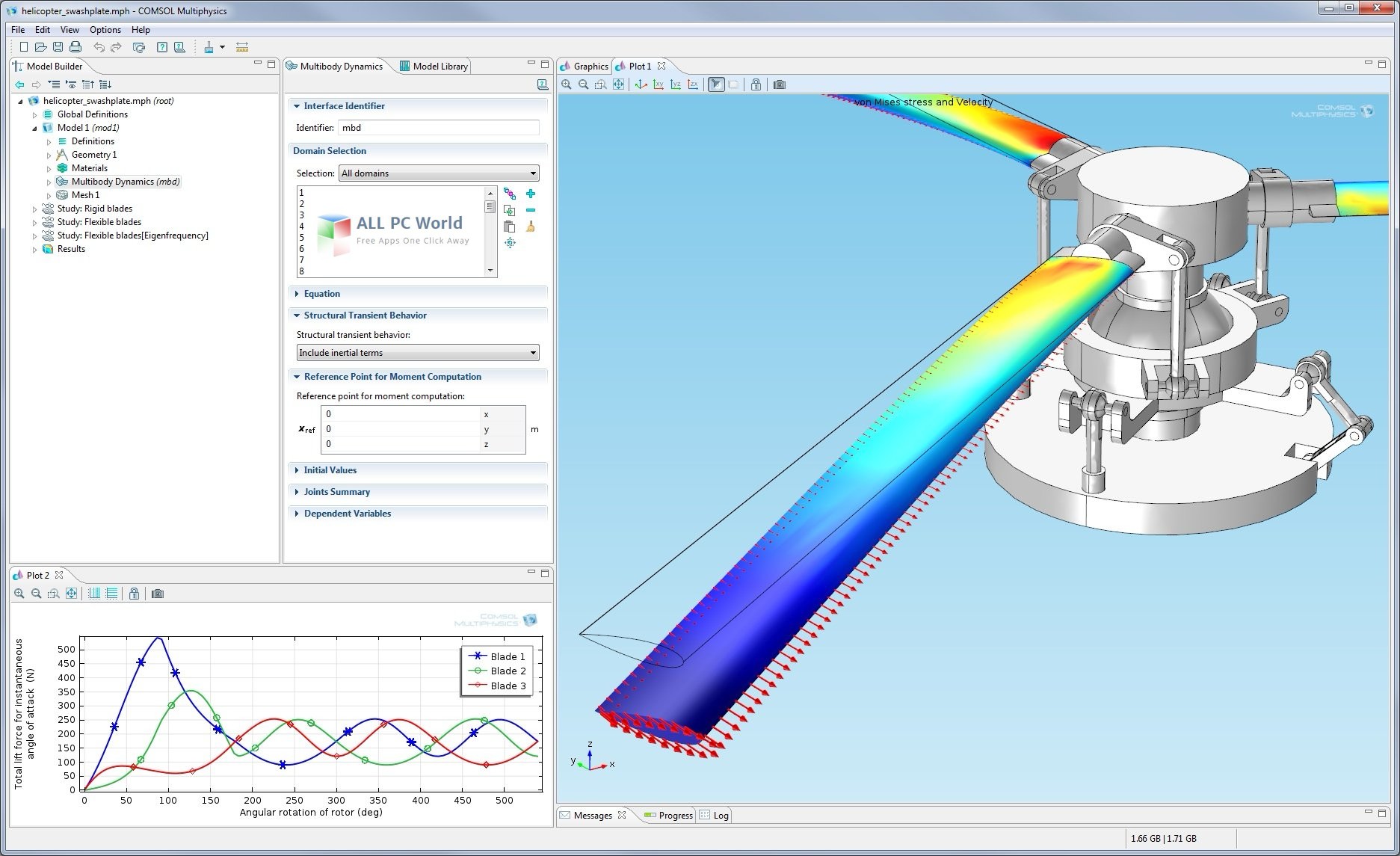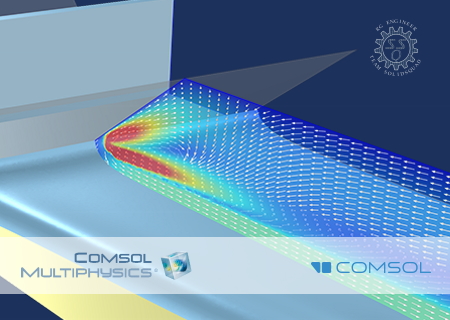


When taken alongside coarse or adaptive discretization, you can reduce the simulation time for a complex system. The approximations used in CFD simulation types are intended to reduce the numerical complexity of the system, thereby increasing the convergence speed. Critical areas of the system that require high accuracy use fine mesh size, while other areas where lower accuracy can be tolerated use coarser mesh size. By applying an analytical or numerical transformation, the system can be linearized and solved easily using an iterative method.Īdaptive meshing: This involves using one of the previous methods in a grid with fine to coarse meshing in the system. Transformation methods: These are linearization techniques that are only applicable in specific geometries. A related technique is the additive Schwartz technique, which splits a CFD problem into multiple boundary value problems in different domains and adds up the results. Network techniques: This involves defining different regions with different material properties in a system as elements in a network, where the interface between network elements is the spatial boundary between neighboring regions. These linearization schemes are similar to small-signal analysis for circuit simulations.Įulerian method: This can be used to solve the linearized Navier-Stokes equations for inviscid fluids and produces results that are largely equivalent to iterative techniques for inviscid fluids. Iterative methods: Picard, Newton, Newton-Raphson, and Uzawa methods are the common methods used to linearize systems of CFD equations and solve their finite difference equations. The most common solution methods include: Solution algorithms produce varying convergence and are only adaptable to certain discretization methods. An alternative method for 3D systems is the finite volume method (FVM), in which the system is discretized in units of volume rather than as sets of points forming a mesh.


In 1D, 2D, or 3D systems without time dependence (i.e., the steady-state solution), the finite element method (FEM) is used for discretization. When a simulation intends to calculate a dynamic solution to a fluid/heat flow multiphysics problem, the finite-difference time-domain (FDTD) method is used as we need to discretize time in addition to space. Discretization simply refers to the spacing between each point in your solution space. Discretization and Algorithmsĭiscretization methods are used to chop a continuous function (i.e., the real solution to a system of differential equations in CFD) into a discrete function, where the solution values are defined at each point in space and time. As a systems engineer, your goal is to understand which CFD simulation types are best suited for different situations and what information you can glean. This arises because different CFD simulation types all use their own discretization scheme, solution algorithm, and system approximations. If you’ve ever looked at CFD simulation results for a given system, you’ll notice that the same system can exhibit different numerical results. CFD Simulation Types: Discretization, Approximations, and Algorithms This is an intractable numerical problem if attempted by hand, but the right simulation program, solution algorithm, and discretization scheme will produce fluid and heat flow results for a complicated PCB. Instead, designers must use numerical techniques to solve the Navier-Stokes equations and the heat equation. Although these solutions are instructive for describing fluid behavior, computational techniques and various CFD simulation types are needed for complex systems.Īny electronic device contains multiple components and elements that make the geometry very complex, and fluid flow with heat transfer cannot be modeled in these systems using analytical techniques. Before the days of computers, these equations could only be solved analytically under certain approximations and in simple geometries. Various CFD simulation types are an important part of electrical-thermal co-simulation.Ĭomputational fluid dynamics is a far-reaching field that stretches back to 1822, when Claude-Louis Navier and George Gabriel Stokes derived the Navier-Stokes equations describing viscous fluid flow. More advanced simulations involve iterative computation, where the system is simulated and parameters are adjusted to maximize heat dissipation from the system. CFD simulations come in many flavors, depending on the intended behavior of the system.ĭifferent CFD simulation types involve selecting the right discretization scheme and approximations.


 0 kommentar(er)
0 kommentar(er)
